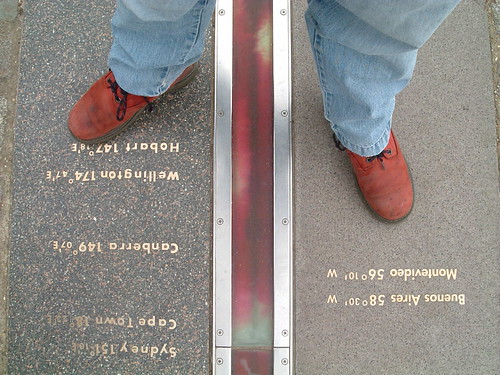Map Push Pins vs. Dots? Google Map Engine vs. Dotspotting?
Yesterday, Google launched their Maps Engine Lite beta; a way of quickly and easily visualising small scale geographic data sets on (unsurprisingly) a Google map. The service allows you to upload a CSV file containing geographic information and style the resulting map with the data added to it. I thought I'd give it a try.
I turned to my tried and trusted data set for things like this; a data set I derived from a Flickr set of geotagged photos I'd taken of the London Elephant Parade in 2010. It's a known data source and I know what the results of this data set will give me; it lets me do a reasonably meaningful visual comparison of how a particular product or service interprets and displays the data.


 So this morning I went and looked at all the photos of mine that had been added as a favourite and I didn't like what I found. There was a photo taken last year while on holiday; a photo of one of my children, a photo which I thought was "friends and family only".
So this morning I went and looked at all the photos of mine that had been added as a favourite and I didn't like what I found. There was a photo taken last year while on holiday; a photo of one of my children, a photo which I thought was "friends and family only".